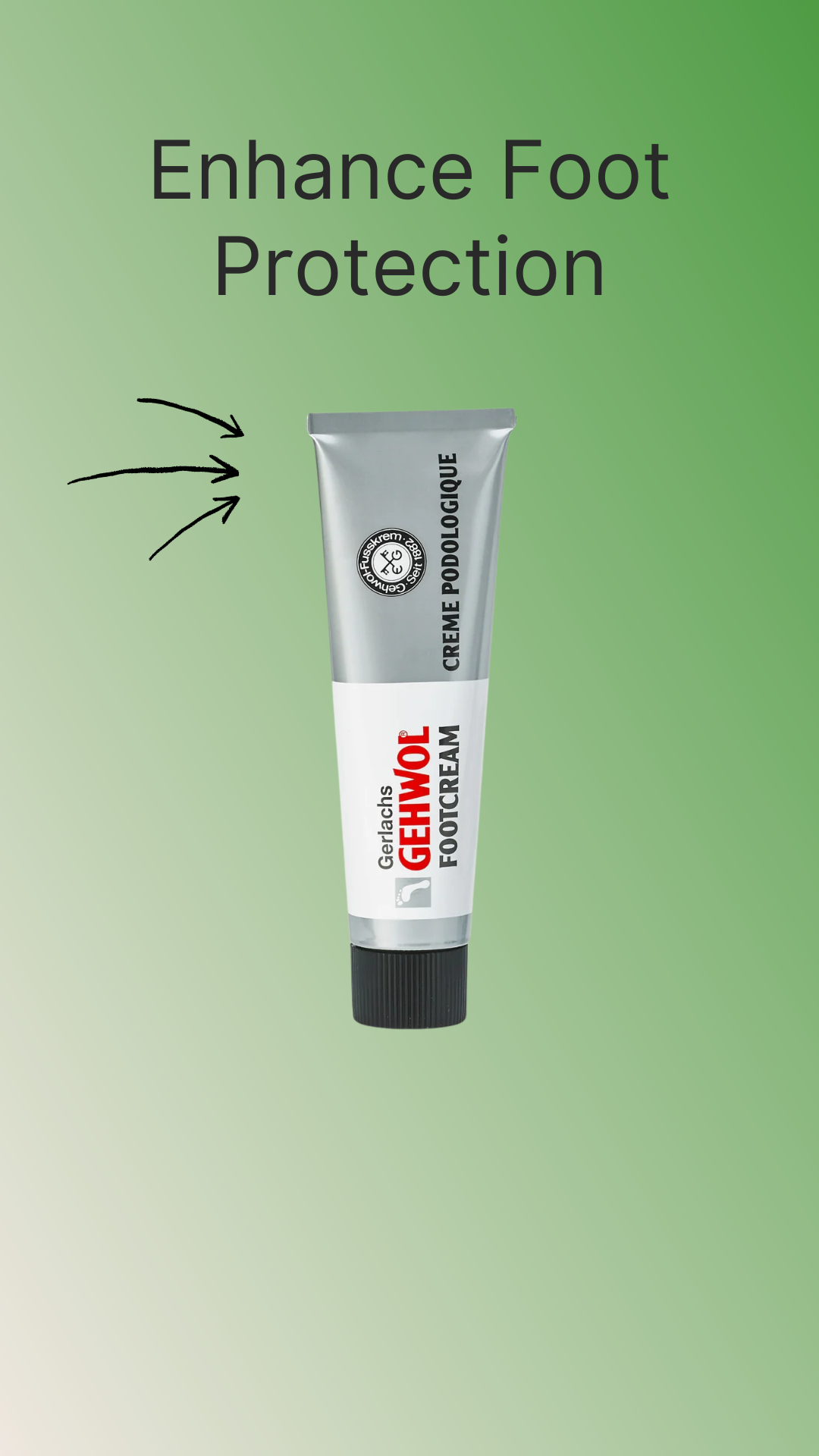Introduction
Drop foot, also known as foot drop, is a condition where lifting the front part of the foot becomes difficult due to weakness or nerve issues. This often leads to dragging toes while walking, tripping on uneven surfaces, and overall instability. Common causes include stroke, multiple sclerosis, nerve injuries, or muscular disorders.
While many people with drop foot use ankle-foot orthoses (AFOs) for support, the right footwear is just as essential. Proper orthopedic shoes provide the stability, cushioning, and adaptability needed to make walking safer and more comfortable. In this guide, we’ll explore the best shoes for drop foot in the UK, key features to look for, and how the right footwear can support mobility and independence.

Why the Right Shoes Matter for Drop Foot
Safety and Stability
People with drop foot are more prone to tripping and falling. Shoes with firm heel support, slip-resistant soles, and structured uppers help provide the stability required for safe movement.
Compatibility with AFOs
Many individuals with drop foot wear braces such as AFOs. Shoes with removable insoles, wide openings, and adjustable fastenings allow these braces to fit comfortably without creating pressure points.
Comfort for Daily Wear
Drop foot often leads to compensatory walking patterns, which can strain other joints. Cushioned insoles and rocker bottom soles help reduce impact and improve natural gait, easing pressure on knees and hips.
Encouraging Independence
Shoes that are easy to put on—especially those with Velcro closures or slip-on designs—make everyday dressing easier for those with limited mobility or dexterity.
Key Features of the Best Shoes for Drop Foot in the UK
Wide Opening and Adjustable Fastenings
Shoes with wide openings and Velcro straps allow easy fitting over AFO braces and swollen feet. They also make it possible for wearers to adjust the fit throughout the day.
Removable Insoles
This feature provides flexibility for custom orthotics or brace accommodation. Removing the insole creates additional depth, making the shoe more comfortable with an AFO.
Rocker Bottom Soles
Rocker soles are extremely helpful for drop foot because they assist in forward motion, compensating for the lack of toe lift. This reduces the risk of tripping while encouraging a smoother walking pattern.
Firm Heel Counters
Strong heel support stabilises the ankle and keeps the foot in the correct position, preventing rolling and further imbalance.
Extra Depth and Width
Drop foot shoes should offer extra room, both to reduce pressure and to fit orthotic devices. Shoes that are too narrow or shallow can cause rubbing, discomfort, or reduced circulation.
Everyday Benefits of Proper Drop Foot Shoes
-
Improved Balance: Safer movement indoors and outdoors
-
Reduced Falls: Non-slip soles and supportive designs lower fall risk
-
Greater Comfort: Cushioned interiors relieve strain on joints
-
Increased Independence: Easy-to-wear designs allow dressing without help
-
Better Mobility: Rocker soles and lightweight materials improve walking efficiency
FAQ – Shoes for Drop Foot
Q: Do all people with drop foot need AFO braces?
A: Not always. While many benefit from AFOs, some individuals with mild drop foot may manage with supportive shoes alone. Always follow medical advice.
Q: Can orthopedic shoes help even if I already use a brace?
A: Yes. The right shoes improve brace comfort, provide extra stability, and prevent skin irritation.
Q: Are rocker sole shoes safe for drop foot?
A: Yes, rocker soles are particularly helpful because they support the rolling motion of the foot, compensating for reduced toe lift.
Q: Can diabetic-friendly shoes work for drop foot?
A: Absolutely. Many diabetic shoes have the wide fittings, seamless linings, and cushioned soles that are also ideal for managing drop foot.
Q: What should I avoid when buying shoes for drop foot?
A: Avoid narrow shoes, high heels, and footwear with shallow toe boxes, as they restrict movement and create unsafe walking conditions.
Final Thoughts
Living with drop foot doesn’t have to mean giving up comfort or independence. The right orthopedic shoes can provide the stability, cushioning, and brace compatibility needed to make daily walking safer and more enjoyable.
In the UK, people with drop foot have access to a variety of supportive footwear options, from rocker-soled designs that promote smoother walking to wide-fit shoes that easily accommodate AFOs. By choosing well-constructed, supportive shoes, individuals can reduce the risk of falls, improve confidence, and maintain an active lifestyle.



